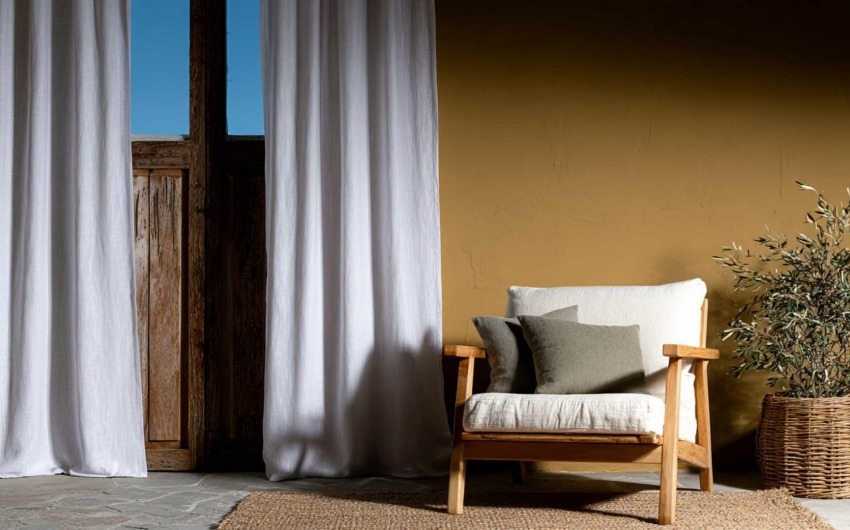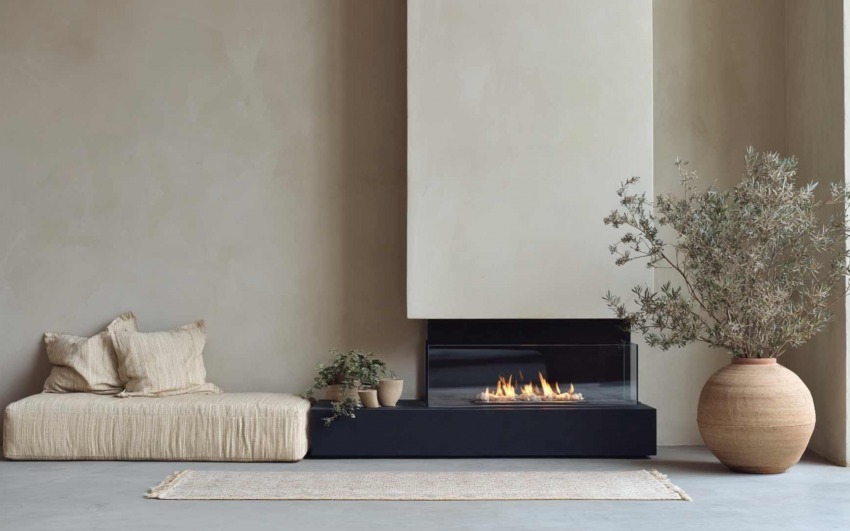10/06/2023
Use Natural and Recycled Materials:
When it comes to sustainable interior design, the choice of materials plays a fundamental role. Opt for natural materials such as sustainably sourced wood, bamboo, rattan, and organic linen. Avoid synthetic materials and plastic, which contribute to waste production and environmental pollution. Additionally, consider using recycled materials, such as reclaimed wood or furniture made from reclaimed materials, to reduce the use of natural resources.
_bd208384d6_.jpg)
Choose Durable and Quality Furniture:
Investing in durable, high-quality furniture is a sustainable choice. Opt for pieces made from resilient materials built to last over time. This way, you'll avoid the need to replace furniture frequently, reducing resource consumption and waste production. Look for furniture from companies that adopt sustainable practices in their production, such as using eco-friendly paints or reducing waste.
_52d0c2f3c4_.jpg)
Reduce, Reuse, and Recycle:
Practices like reduction, reuse, and recycling are fundamental for sustainable interior design. Reduce the purchase of unnecessary items and focus on what's essential. Reuse existing furniture and decor items, perhaps giving them a new lease on life through refurbishment or repair. Recycle items that are no longer usable, ensuring proper disposal according to local regulations.
_429adceef0_.jpg)
Maximize Natural Light:
Natural light is a valuable resource in sustainable interior design. Make the most of sunlight by positioning furniture to allow light to pass through the space. This not only reduces the need for artificial lighting during the day but also creates a bright and pleasant atmosphere. If necessary, choose high-efficiency LED lights for nighttime illumination.
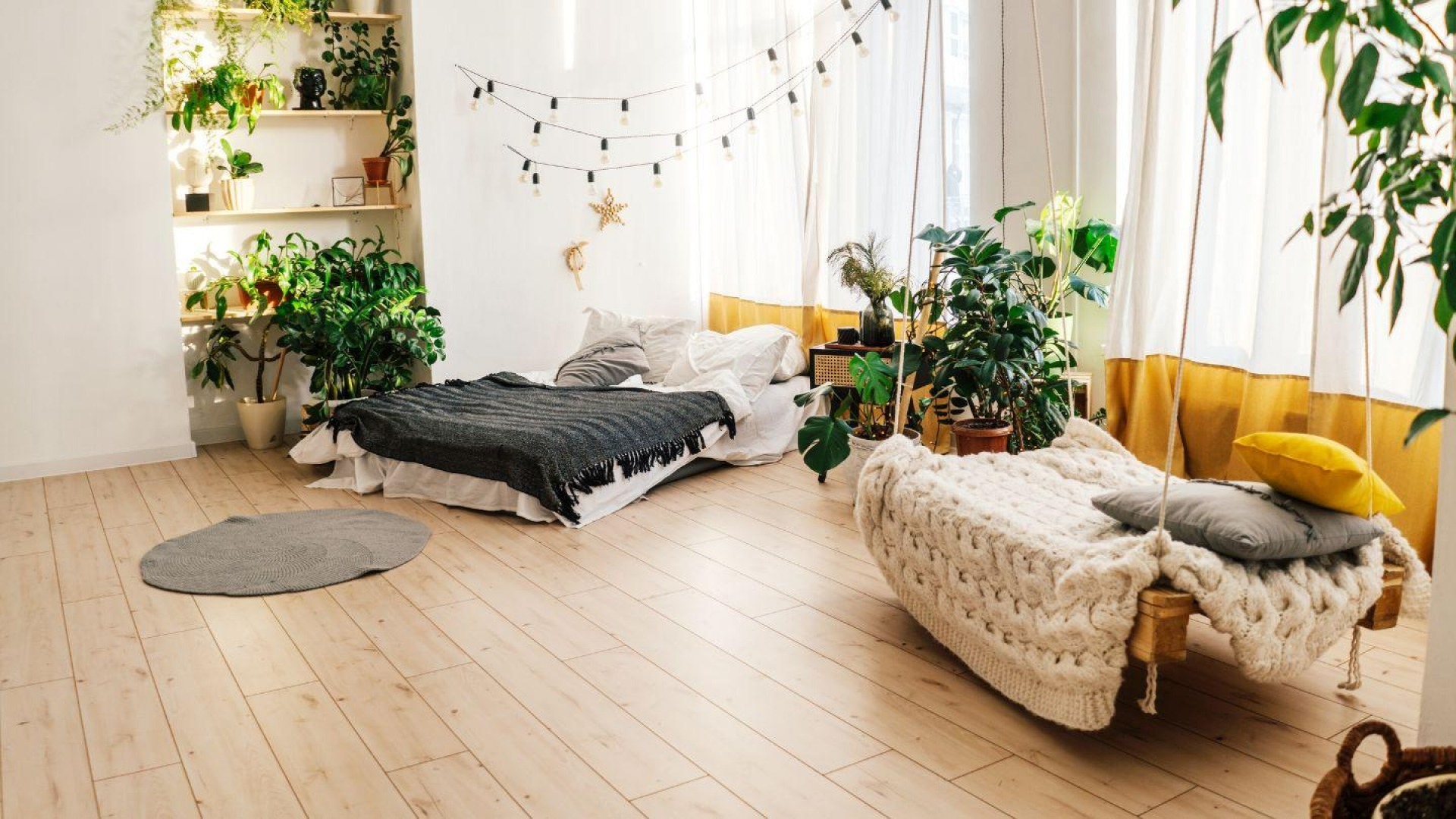
Opt for Renewable Energy:
Another key aspect of sustainable interior design is the use of renewable energy. Consider installing solar panels on the roof to generate clean energy and reduce your energy footprint. Additionally, use energy-efficient appliances and opt for high-efficiency LED bulbs. These small choices can help reduce energy consumption and promote a sustainable lifestyle.
_84583e809a_.jpg)
Sustainable interior design offers a significant opportunity to create beautiful, functional, and environmentally responsible spaces. By using natural materials, choosing durable furniture, adopting reduction, reuse, and recycling practices, maximizing natural light, and opting for renewable energy sources, we can contribute to environmental preservation while creating comfortable and welcoming spaces. Remember that every small gesture counts, and sustainable choices can make a difference. Embrace sustainable interior design to create eco-friendly and responsible environments that reflect your personality and values.
_14077b47db_23.jpg)
Interior Designer since 1985
CEO & Founder, Italian Design in the World
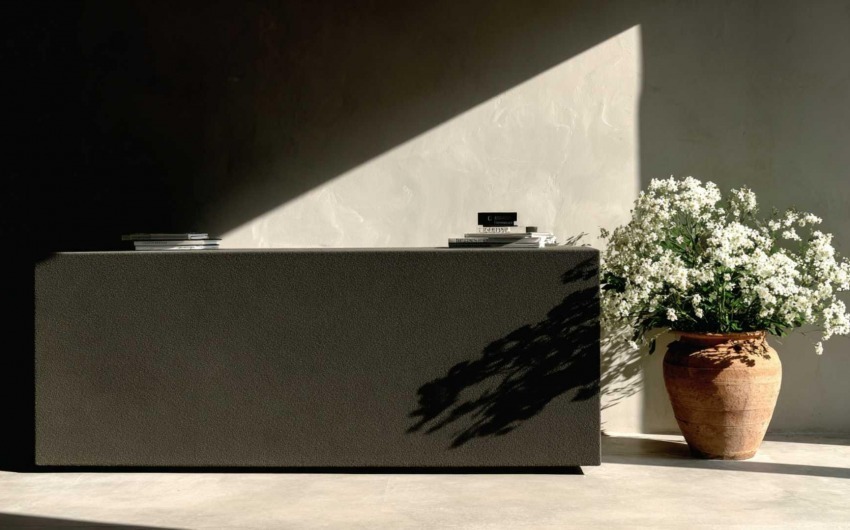
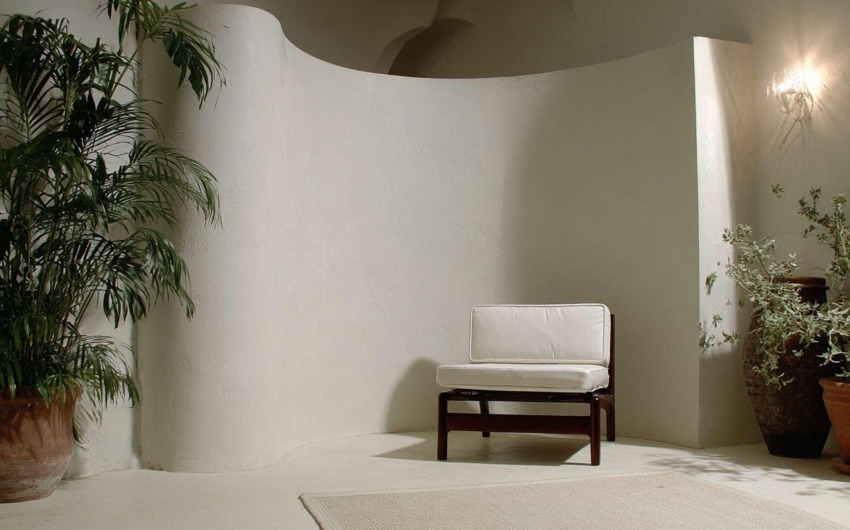
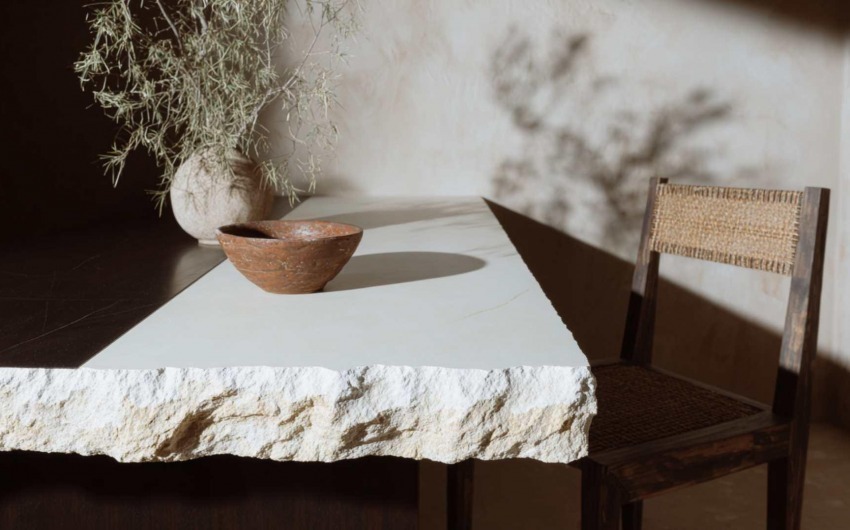
_0f565b1edb_633.jpg)
